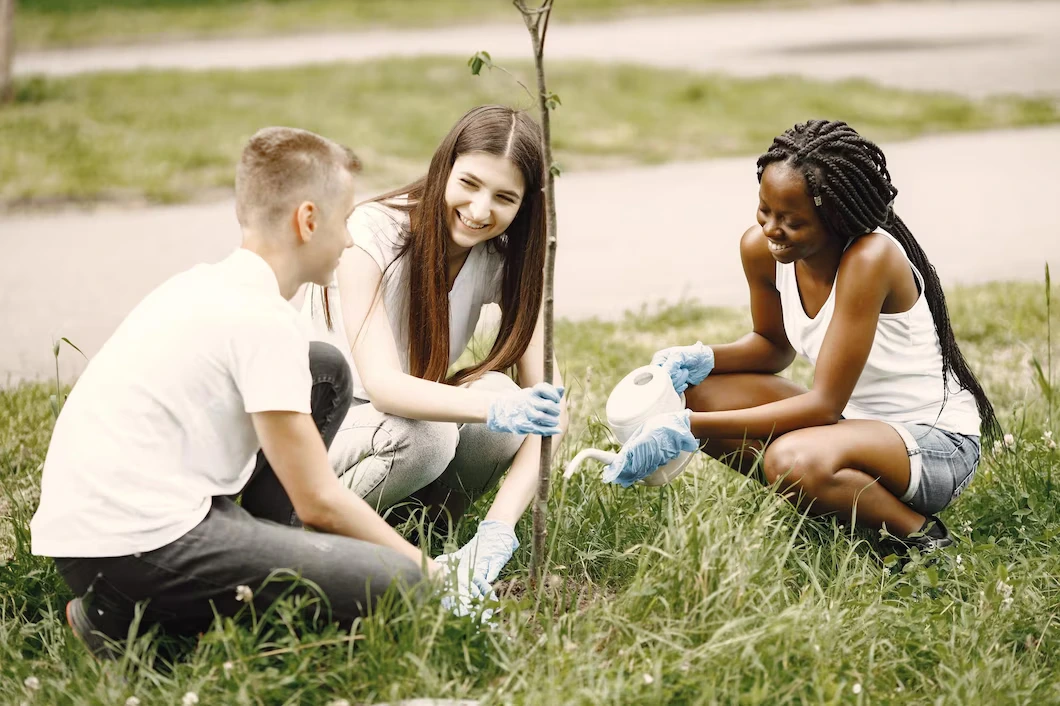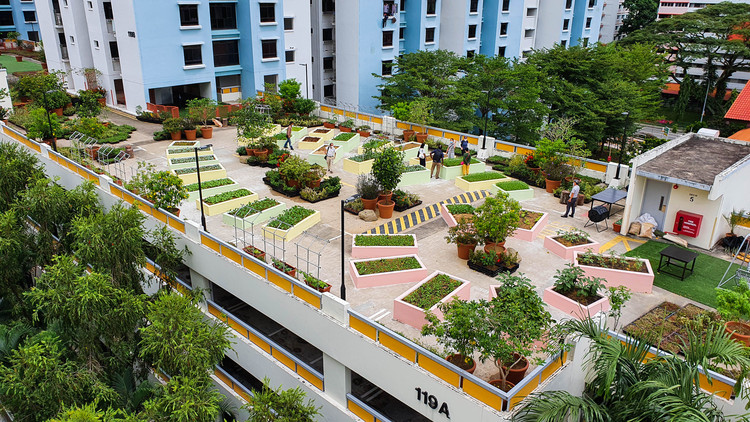5 Creative and Sustainable Tree Care Practices For Homeowners

As homeowners and professionals, we all have a responsibility to take care of our environment, and trees are a key part of that. Trees provide a number of benefits, such as providing shade, beautifying our neighborhoods, reducing air pollution, and even providing habitats for wildlife. But trees require care and attention to stay healthy, and with many of us cutting back on our budgets, it can be hard to meet our tree care needs.
That’s why it’s so important to practice creative and sustainable tree care practices. By doing so, you can ensure the health and longevity of your trees, while also reducing your environmental impact. Here are some of the best creative and sustainable tree care practices for homeowners and professionals alike.
1. Pruning
Pruning is essential for the health and structure of your trees. Pruning removes dead, diseased, or damaged branches, as well as any branches that are growing too close to one another. This helps the tree to stay healthy and encourages new growth. Additionally, pruning can help to reduce the risk of pests, disease, and other damages that can affect the health of your trees.
Pruning should only be done when it’s absolutely necessary. Generally, pruning should be done in the spring or early summer, when buds are just beginning to emerge. This will help to ensure that the tree doesn’t lose too many of its leaves. It’s also important to prune trees after storms, as winds can cause extensive damage.
Pruning should be done carefully and with the right tools. Before you begin, it’s important to inspect the tree to identify any dead, diseased, or damaged branches that need to be removed. Then, use the proper pruning tools, such as pruning shears or loppers, to remove any affected branches. It’s also important to prune back any branches that are growing too close together, as this can cause them to become intertwined, which can be difficult to separate.
2. Mulching
Mulching is an essential tree care practice for homeowners. It helps to retain moisture near the roots of trees, which is vital for proper growth. In addition to mulching, it is important to use organic materials such as compost, straw, and wood chips.
Mulching is a simple process for homeowners. It involves spreading organic material around the base of the tree in order to help retain moisture and keep the roots from drying out. It also helps to limit the growth of weeds and protect the soil from erosion. Mulching can also add nutrients to the soil, which is beneficial to the tree.
When mulching, it is important to use organic materials that are beneficial to the tree. Organic materials include compost, straw, wood chips, and grass clippings. These materials are great for providing nutrition and moisture to the tree’s roots. Compost and straw are particularly useful because they allow air and water to penetrate the soil while insulating the roots from extreme temperatures.
For best results, it’s important to spread the organic material evenly around the tree’s base. This will prevent the material from becoming packed down, which can cause problems with water absorption. It is also important to keep the material away from the tree’s trunk. This will help to reduce the risk of rot and disease from forming.

3. Fertilizing
When fertilizing your trees, it’s important to use the right type of fertilizer for your particular tree species. Different trees require different kinds of fertilizers, so make sure to research the best type for your tree. Also, avoid over-fertilizing, as too much fertilizer can be detrimental to your tree’s health.
When it comes to fertilizing your trees, there are many options available. Organic fertilizers are available, which release nutrients slowly and help promote healthier root systems. Synthetic fertilizers are also available and have the advantage of immediate nutrient release. However, they can also be more harmful to the environment if not used properly.
When choosing a fertilizer, you also have to consider where you are planting your tree. If you live in a hot climate, you’ll need to choose a fertilizer with a higher nitrogen content. Conversely, if you live in a cooler climate, choose a fertilizer with a higher phosphorus content.
When it comes to fertilizing your trees, you can also choose to use dry or liquid fertilizers. Dry fertilizers are easier to use, as they are easy to spread and require less effort from the homeowner. Liquid fertilizers are more effective, as they are absorbed more quickly by the tree, but they are also messier and require more effort from the homeowner.
When it comes to taking care of trees, it’s important to hire a tree care expert (hire if you are from Østfold – trepleie i Indre østfold). Trees are an integral part of the environment, and it’s important to ensure that they remain healthy, attractive, and safe.
4. Watering
When it comes to watering your trees, it is important to do it regularly and deeply to ensure that your trees get adequate hydration. Depending on the type of tree you have, you may need to water it more or less frequently. Generally, evergreen trees like pine and spruce will need to be watered more regularly than deciduous trees like maple and oak.
To properly water your trees, it’s best to use a soaking hose or sprinkler to ensure that the water reaches deep into the soil. Watering in the morning or evening is recommended, as it allows the water to penetrate deeper into the soil and prevents it from evaporating as quickly. Watering too frequently or too little can be detrimental to your trees, so be sure to find the right balance.
When watering your trees, it is best to avoid using chemicals or fertilizers. These can contaminate the soil and harm the health of your trees. Additionally, avoid using too much water, as this can cause root rot and other illnesses in your trees.
5. Pest Control
One of the most effective ways of preventing pests from affecting your trees is to regularly inspect them for signs of pests. Look for droppings, nests, webs, seeds, and other signs of pests. It’s also important to keep your trees well-maintained. Make sure that they are getting enough water, nutrients, and sunlight.
When dealing with pests, your first line of defense should be natural remedies. Using natural remedies is a safe and effective way to control pests. These include things like using insecticidal soap, neem oil, garlic, or yellow sticky traps. You can also try planting certain plants that are known to repel pests.
If natural remedies don’t work, you may have to resort to using pest control products. There are a variety of products available, ranging from sprays to granules. When using pest control products, it’s important to read the instructions carefully and use the products according to the manufacturer’s instructions.
Additionally, it’s important to be aware of the environment when using pest control products. Make sure that the products aren’t harming other beneficial organisms in the environment, such as beneficial insects. Additionally, if you’re using sprays, make sure that you’re applying them in the right places.
In Short
Trees provide a number of essential environmental benefits, and taking care of our trees is an important responsibility for all of us. Creative and sustainable tree care practices are a great way to ensure that we are doing our part to preserve and protect our trees, while also reducing our environmental impact. By implementing these five creative and sustainable tree care practices for homeowners, we can ensure that our trees remain healthy and beautiful for many years to come.





